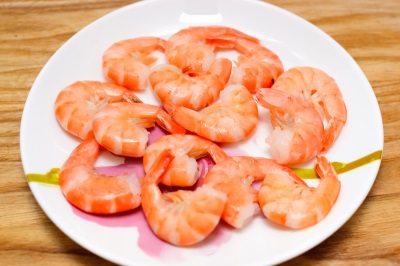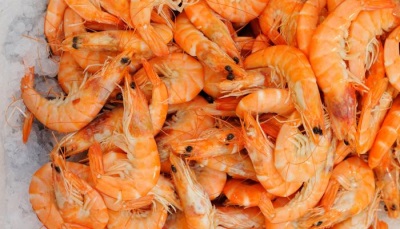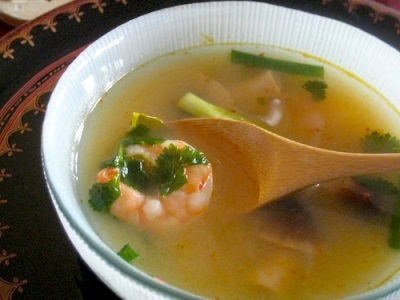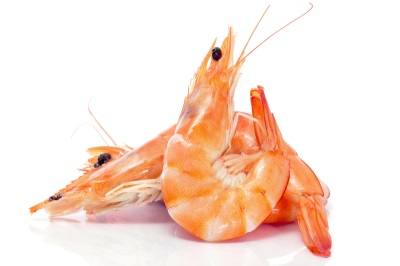From what age can shrimp be given to children and what is their benefit?
Seafood is loved by many adults, so dishes with their addition are increasingly appearing on the table of our compatriots. One of the most popular are the shrimp, with which they prepare salads, soups and other delicious dishes. If there is a small child in the family, a logical question arises whether they can be given to babies. Let's look at how such seafood is useful for the body of a child, from what age you can give a child a try of shrimp and how best to prepare them for a children's menu.
pros
- They are low-calorie products that are easily and quickly digested.
- They contain easily digestible proteins, which have all the essential amino acids for growth. They also contain vitamins A, E, D, C. beneficial fatty acids and trace elements (iodine, calcium, iron, zinc, phosphorus, and others).
- They have a pleasant taste, and their addition to a familiar dish, for example, in a salad, makes it more refined.
Minuses
- Shrimp, like other seafood, often become the cause of food allergies.
- On the shelves of our stores there are not only shrimps caught in natural waters, but also seafood from special farms that may contain antibiotics and growth hormones.
- Preparation often involves the use of a large amount of salt, which cannot be called useful for a child’s body (an excess of salt can cause edema).
From what age can I give?
Not a single pediatrician advises giving shrimps to children under one year old, but most doctors advise them to wait a little longer with the introduction of seafood into the diet after a year.
If you give a baby shrimp in 1 year, it can be a prerequisite for the development of allergy to seafood, and sometimes provoke a reaction to non-food allergens. In addition, the mother can not be sure of their quality, buying a product in the store, so even in 2 years, dishes with such seafood can not be considered safe for the child.
According to most pediatricians, to whom Dr. Komarovsky belongs, shrimps can be included in the child’s menu when he is 3 years old. You can try them a little earlier (from 1.5 years) with a lack of protein in the baby’s diet and provided that the crumbs do not have an allergy tendency, and when boiling the salt will be used in the minimum amount.
Enter into the diet
The first portion of shrimp should be the minimum amount of this seafood, for example, one small thing. A new product should be given in the morning to notice a possible allergic reaction during the day. If allergies do not occur, the next time the amount increases.
They can be given to a child instead of a fish or meat dish. This replacement is recommended only once a week. In addition, a child under 5 years should not be given more than 50 grams of such seafood per day, and children over 5 years old can receive one serving of such seafood 80-100 g.

Cooking methods
Most often for children they are boiled for 2-5 minutes and served with a side dish. In addition, they can be an ingredient in soups, salads, savory pastries or other dishes. Shrimp can also be fried in a small amount of olive oil.
Tips for choosing
Carefully inspect them when buying.A quality product, when it comes to cooked and frozen shrimp, is pink or coral, and their head may be green or brown. If the head is black, such seafood should be discarded. By size, choose small shrimps, as the nutrients are contained in them in larger quantities than in large ones.
For a comparison of shrimp and squid in terms of protein, cholesterol and polyunsaturated omega-3 fatty acids, see “Live Healthy”.
About how they are grown, see the program "Galileo".
































































